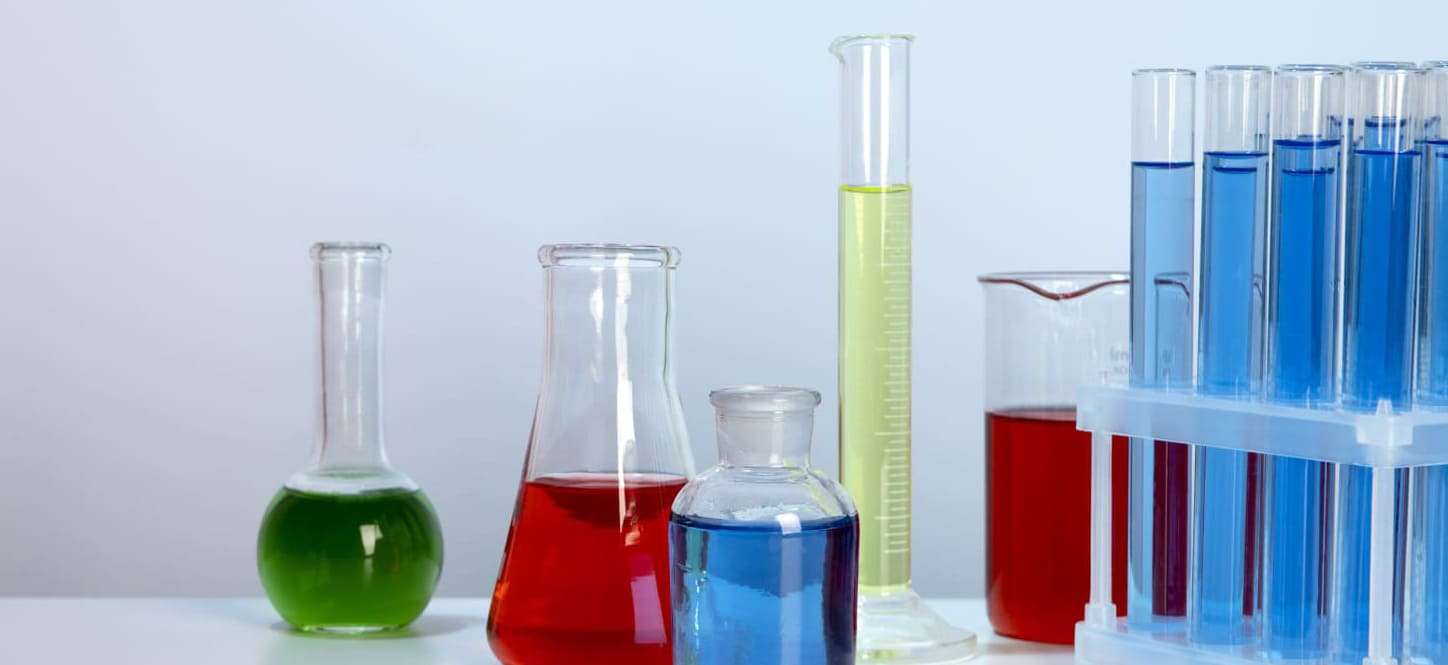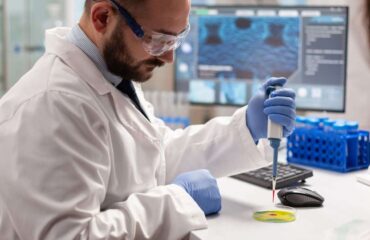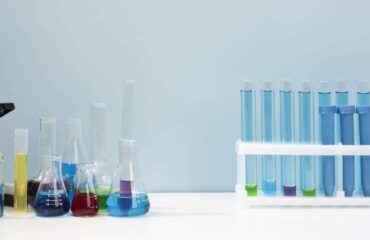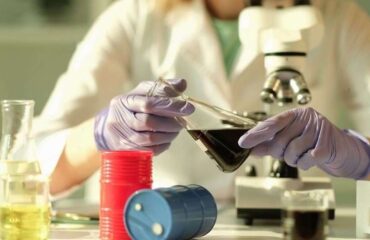Choosing the right glassware for your laboratory involves considering various factors such as the type of experiments or analyses you’ll be performing, the chemicals or substances you’ll be handling, the required accuracy and precision, and the budget constraints.

Here’s a step-by-step guide to help you select the appropriate glassware:
Understand Your Needs:
Determine the specific requirements of your experiments or analyses. Consider factors such as volume measurements, temperature sensitivity, chemical compatibility, and the need for transparency or inertness.
Identify Glassware Types:
Familiarize yourself with different types of laboratory glassware available, such as beakers, flasks, test tubes, pipettes, burettes, graduated cylinders, and more specialized items like condensers, distillation apparatus, and chromatography columns.
Consider Glass Quality:
Choose high-quality borosilicate glassware, such as Pyrex or Kimax, which is resistant to thermal shock and chemical corrosion. Avoid soda-lime glassware for applications involving strong acids, bases, or high temperatures.
Evaluate Accuracy and Precision:
Select glassware that provides the required level of accuracy and precision for your measurements. For example, volumetric glassware like volumetric flasks and pipettes offer higher accuracy for precise volume measurements compared to beakers or graduated cylinders.
Assess Chemical Compatibility:
Ensure that the glassware is compatible with the chemicals or substances you’ll be handling. Consult chemical compatibility charts or reference materials provided by the manufacturer to avoid potential reactions or leaching of contaminants.
Consider Specialized Features:
Depending on your specific needs, consider glassware with specialized features such as ground glass joints for airtight seals, etched volume markings for improved readability, or color-coding for easy identification.
Factor in Safety Considerations:
Prioritize safety when selecting glassware, especially if working with hazardous chemicals or under extreme conditions. Choose durable glassware with reinforced edges or coatings to minimize the risk of breakage or injury.
Evaluate Cost and Budget:
Consider the cost of the glassware relative to your budget constraints. Balance the need for quality and durability with affordability, and explore options for purchasing in bulk or opting for reusable glassware to reduce long-term expenses.
Seek Recommendations and Reviews:
Consult with colleagues, mentors, or experienced laboratory personnel for recommendations on suitable glassware brands or suppliers. Additionally, read product reviews and testimonials to gather insights from other users’ experiences.
Verify Supplier Credentials:
Ensure that the glassware supplier is reputable and complies with relevant quality standards and regulations. Verify certifications, warranties, and return policies to safeguard your investment and ensure customer satisfaction.
Types of Laboratory Glassware:
Laboratory glassware comes in various shapes and sizes, each designed for specific purposes in scientific experiments, analyses, and processes. Here are some common types of laboratory glassware:
Beakers:
Beakers are cylindrical containers with a flat bottom and a lip for pouring. They come in various sizes and are used for mixing, heating, and holding liquids. Beakers are not typically used for precise volume measurements but are convenient for general-purpose applications.
Flasks:
Flasks are glass containers with narrow necks and either round or flat bottoms. They come in different types, including:
Erlenmeyer Flasks:
Conical-shaped flasks with a narrow neck, commonly used for mixing, heating, and storing liquids.
Florence Flasks:
Round-bottomed flasks with a long neck, often used for distillation, heating, or reactions involving gas evolution.
Volumetric Flasks:
Flasks with a precise volume calibration mark at a specific temperature, used for accurate volume measurements and preparing standard solutions.
Test Tubes:
Test tubes are small, cylindrical glass tubes with rounded bottoms. They come in various sizes and are used for holding, mixing, or heating small quantities of liquids or solids.
Pipettes:
Pipettes are calibrated glass tubes used for transferring precise volumes of liquids. They come in different types, including:
Volumetric Pipettes:
Used for measuring a single fixed volume of liquid accurately.
Graduated Pipettes:
Have graduations along the length of the tube, allowing for variable volume measurements.
Micropipettes:
Micropipettes are designed for measuring very small volumes, typically used in molecular biology, biochemistry, and analytical chemistry.
Burettes:
Burettes are long, graduated glass tubes with a stopcock at the bottom, used for delivering precise volumes of liquid in titration experiments.
Graduated Cylinders:
Graduated cylinders are tall, cylindrical glass containers with a round base and graduations along the length of the tube. They are used for measuring and transferring relatively large volumes of liquids with moderate accuracy.
Petri Dishes:
Petri dishes are shallow, circular glass or plastic containers with lids, used for culturing microorganisms or observing cell cultures.
Watch Glasses:
Watch glasses are flat, circular glass plates with a slight concave shape, used as covers for beakers or evaporating dishes, or for holding small samples.
Condensers:
Condensers are glass tubes or coils used in distillation setups to condense vapors back into liquid form.
Desiccators:
Desiccators are airtight glass or plastic containers used for drying or storing moisture-sensitive substances under controlled conditions.
Chromatography Columns:
Chromatography columns are glass tubes used for separating and analyzing mixtures of substances based on their different affinities for a stationary phase.


